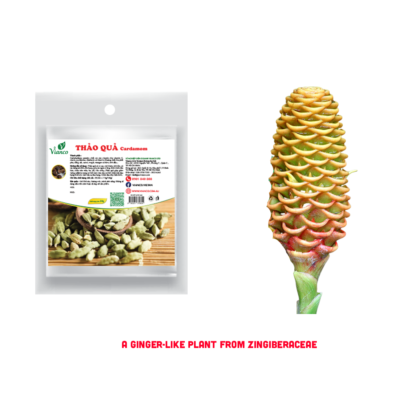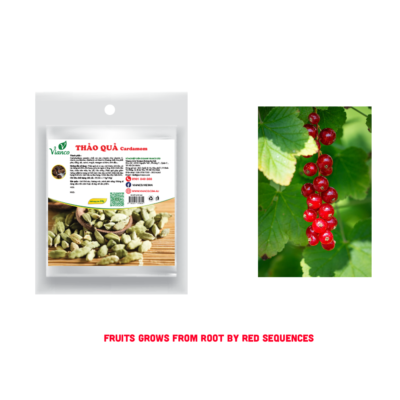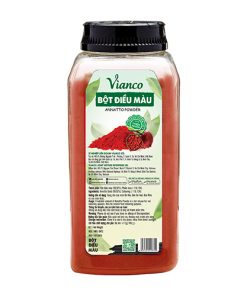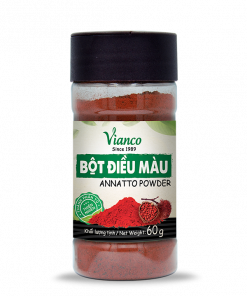No products in the cart.
Origin
Cardamom is a flowering plant in the ginger family (Zingiberacea). Being a tree of the ginger family, cardamom has a similar form of a ginger plant but it is larger. Used as medicine in Chinese and Vietnam, locals often dry the fruits of cardamom after harvesting. Cuisines in these two countries also have cardamom.

Features
Cardamom could be grown up to 3 meters (in height) and 4 cm in the stem diameter. The fruit usually develops at the base in plum-red clusters. Each fruit approximately includes 20 seeds and people collect all. The seeds have aroma because they contain up to 1.5% essential oils with a pleasantly hot and spicy flavor.
In summer (from May to July), flowers will be grown while winter is the harvested period of bear fruits (between October and December). Cardamom tends to grow wild in mountains (higher than 1,000 meters). It prefers a cool climate, so it hides under the canopy of big trees and humid soil.

When it comes to the nutrient content of cardamom, most health experts acknowledge that it has a rich source of substances such as protein, carbohydrates, vitamins, niacin, pyridoxine, riboflavin, thiamin, and minerals.
Cardamom seeds are popular parts of making medicine. In winter (between November and January), people gather ripe fruits (yellow color) and bring them to dry. Beating the outer shell to get seeds is the signal to dry cardamom seeds. Some locals mix the rice bran with water to make a paste. Then, they cover around the fruits, bake the bran, break the outer shell, and take the seeds.
In Vietnam, the greatest regions to grow cardamom are Hoang Lien Son, Lao Cai, Yen Bai, Ha Giang, and Lai Chau.
Benefits: cardamom has warmth, spicy (taste), and aroma. It eliminates phlegm or makes a warm stomach, so it helps you feel delicious in a dish. Cardamom also stimulates digestion; treating vomiting, cough, fever, and diarrhea. It also alleviates colic in children; soothes a sore throat, and nerve pain relief. Cardamom supports reducing caffeine in the body and cooling it.
Usage: A strong herb used in aromatherapy or for food like bread, dessert pastries, sauces, stews, and even beverages.
Preservation: keep cardamom in cool and dry places without the sunlight.
| Weight | N/A |
|---|---|
| Khối Lượng Tịnh | 500 Gram, 1Kg |
Be the first to review “Cardamom” Cancel reply
You must be logged in to post a review.


 Tiếng Việt
Tiếng Việt











Reviews
There are no reviews yet.